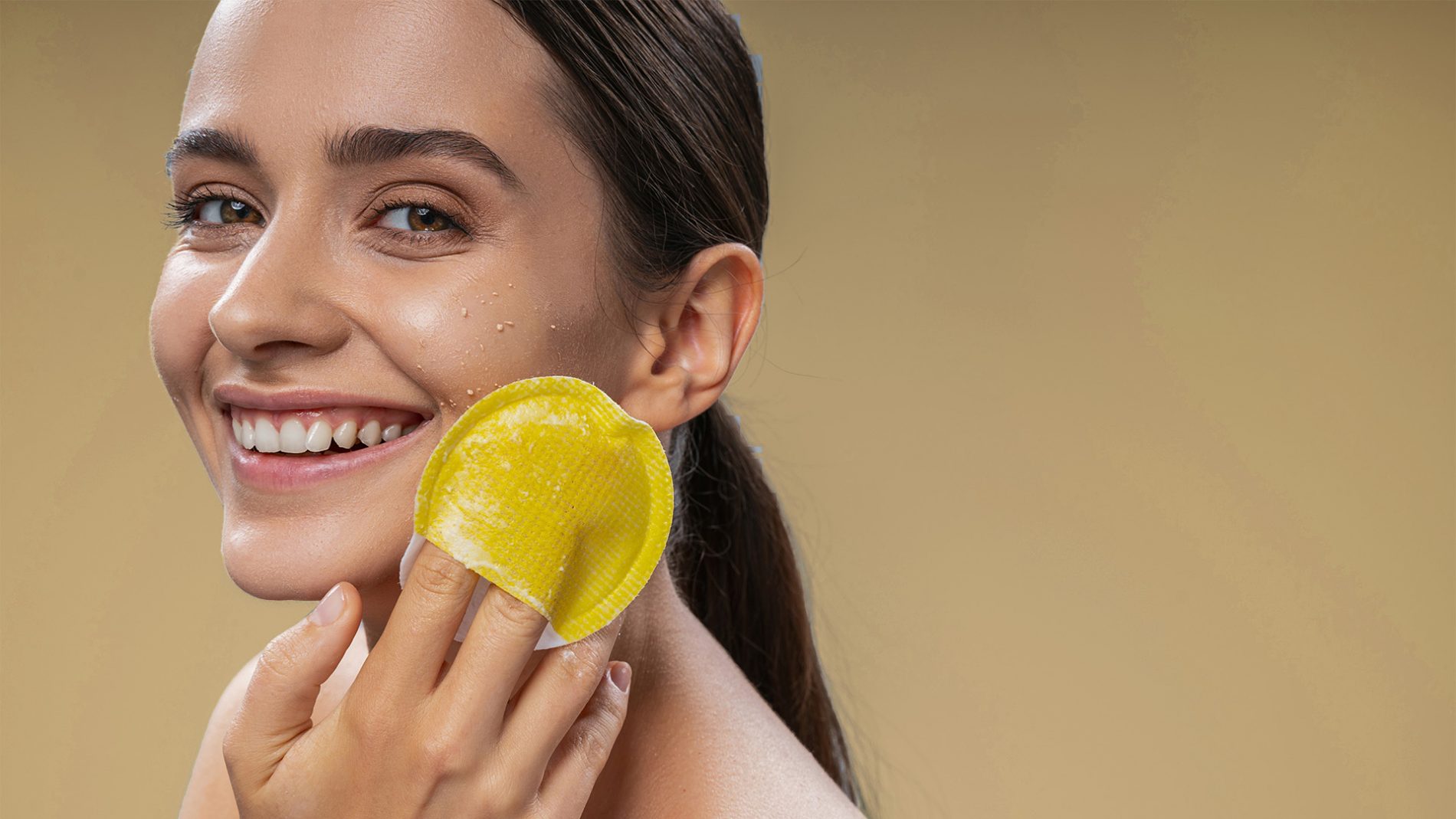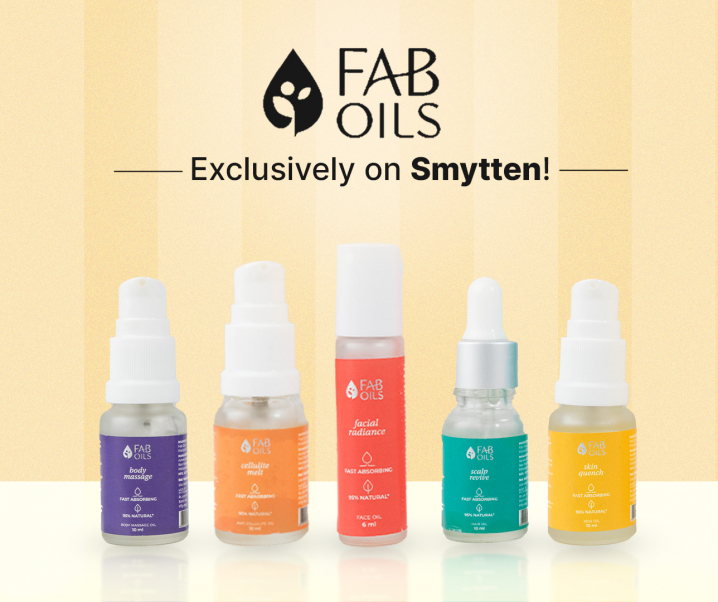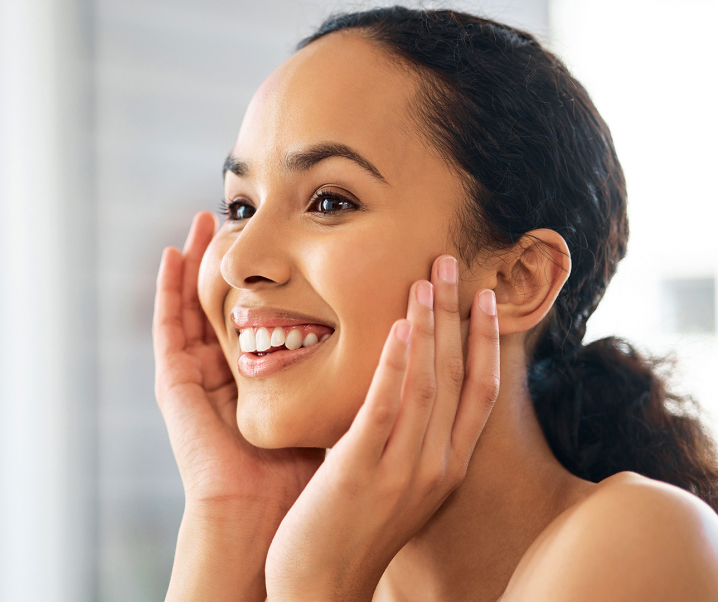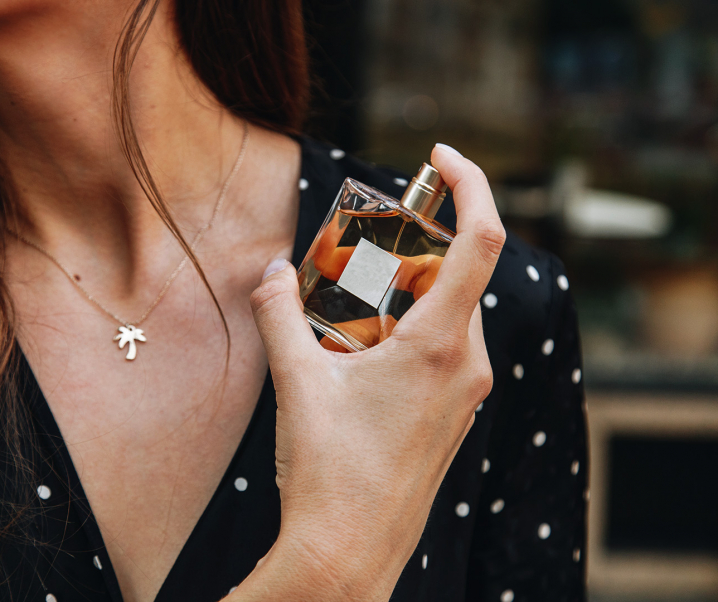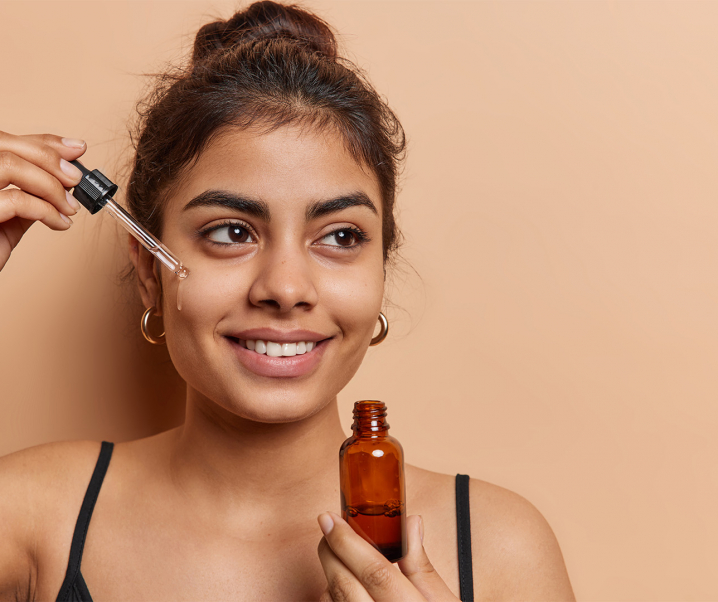Are you tired of dull and lifeless skin? Do you want to get rid of those pesky blackheads and pimples? Do you wish you had a smooth and radiant complexion?
If you answered yes to any of these questions, then we have the right solution for you: Exfoliation! But wait, don’t just grab any random scrub from the shelf and start rubbing it on your face. You need to choose the right face scrub for you, one that matches your skin type and condition. Otherwise, you might end up doing more harm than good to your skin.
Luckily for you, we are here to tell you everything you need to know about exfoliation and how to choose the right face scrub for you. So, sit back, relax, and read on.
Why Is Exfoliation Important?
Exfoliation is important for several reasons.
- Exfoliation helps to improve your skin texture and appearance by making it smoother, softer, and brighter.
- It unclogs your pores and prevents acne breakouts, blackheads, whiteheads, and ingrown hairs.
- Lastly, it helps to enhance the absorption of other skincare products, such as moisturisers, serums, and masks.
When & How To Exfoliate?
There are two main ways to exfoliate your face: physical and chemical. Physical exfoliation involves using a physical scrub or a tool that has abrasive particles or bristles that rub against your skin and remove the dead cells. Chemical exfoliation involves using a product that has acids or enzymes that dissolve and remove the dead cells.
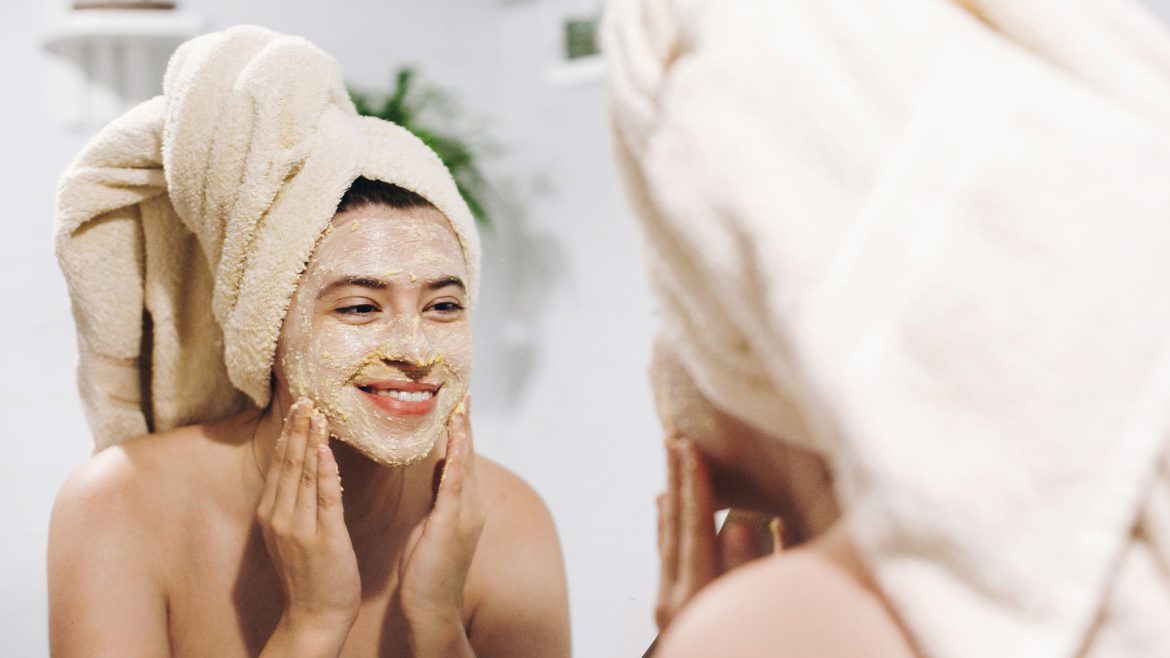
For physical exfoliation, you need to wet your face with warm water and apply a small amount of scrub on your fingertips. Then, gently massage the scrub on your face in circular motions for about 30 seconds, focusing on the areas where you have more dead cells or clogged pores. Avoid rubbing too hard or too long, as it can cause micro-tears or scratches on your skin. Rinse off the scrub with lukewarm water and pat your face dry with a soft towel. You can use this method once or twice a week.
To exfoliate your face chemically, you need to follow the instructions of the product you are using. Some products are meant to be applied on dry skin and left on for a few minutes before rinsing off. Others are meant to be applied on wet skin and rinsed off immediately. Some products are gentle enough to be used daily, while others are more potent and should be used only once or twice a week. Always do a patch test before using a new product to make sure you are not allergic or sensitive to it.
Choosing The Right Exfoliant For Your Skin Type
Here are some general guidelines on how to choose the right exfoliant for your skin type:
#1 Normal Skin
If you have normal skin, you are lucky because you can use almost any type of exfoliant without worrying about adverse reactions. You can experiment with different textures, ingredients, and strengths of scrubs and find the one that suits your taste. However, you should still be careful not to over-exfoliate or use harsh products that can strip away your natural oils or damage your skin barrier.

#2 Dry Skin
If you have dry skin, you need to be gentle with exfoliation because your skin is more prone to dehydration, flaking, cracking, and irritation. You should avoid physical exfoliation with rough or coarse particles that can scratch or injure your skin. Also, avoid chemical exfoliation with high concentrations of acids that can dry out or burn your skin. Instead, opt for mild chemical exfoliation with low concentrations of AHAs (alpha hydroxy acids) such as glycolic acid or lactic acid that can help hydrate and smooth your skin while removing the dead cells.
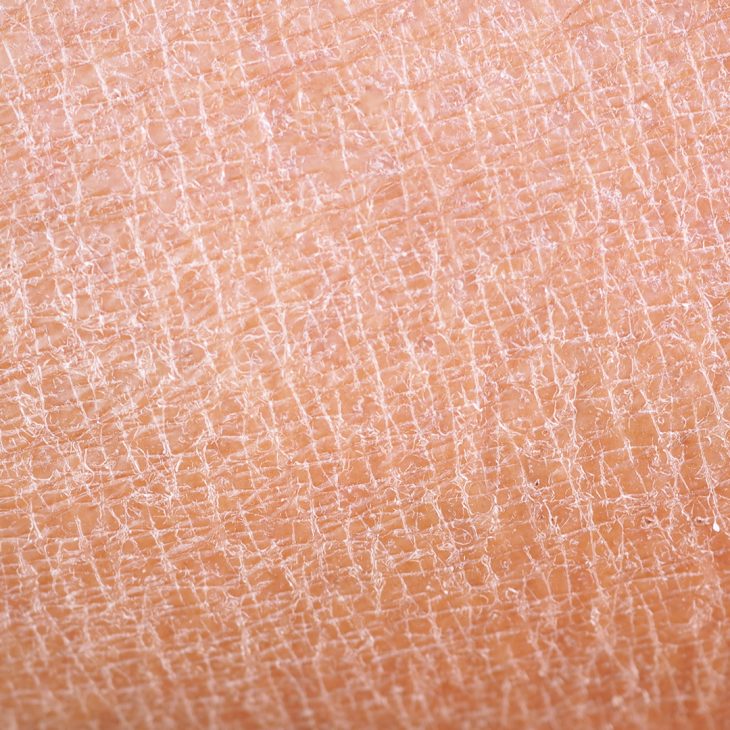

#3 Oily Skin
If you have oily skin, you need to exfoliate more frequently because your skin produces more sebum that can clog your pores and cause acne breakouts. You should use physical exfoliation with fine or smooth particles that can help unclog your pores and remove the excess oil without being too abrasive. You can also exfoliate with chemical peels with BHAs (beta hydroxy acids) such as salicylic acid that can penetrate deeper into your pores and dissolve the oil and bacteria that cause acne.
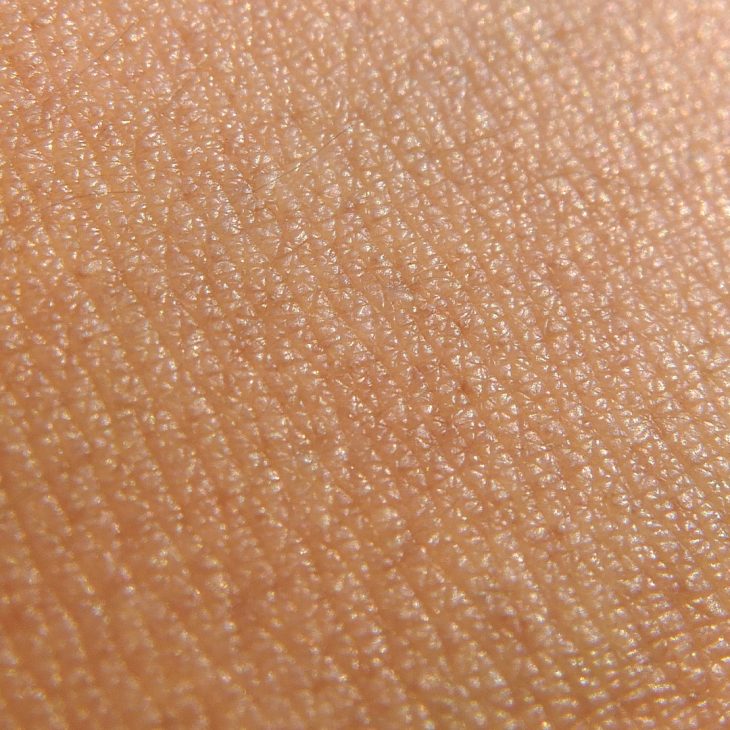

#4 Sensitive Skin
If you have sensitive skin, you need to be extra careful with exfoliation because your skin is more reactive and prone to redness, itching, burning, or inflammation. Avoid mechanical exfoliation with any type of particles that can irritate or inflame your skin. You should also avoid chemical exfoliation with any type of acids that can cause allergic or adverse reactions. Instead, opt for gentle chemical exfoliation with enzymes such as papain or bromelain that can help digest and remove the dead cells without harming your skin.
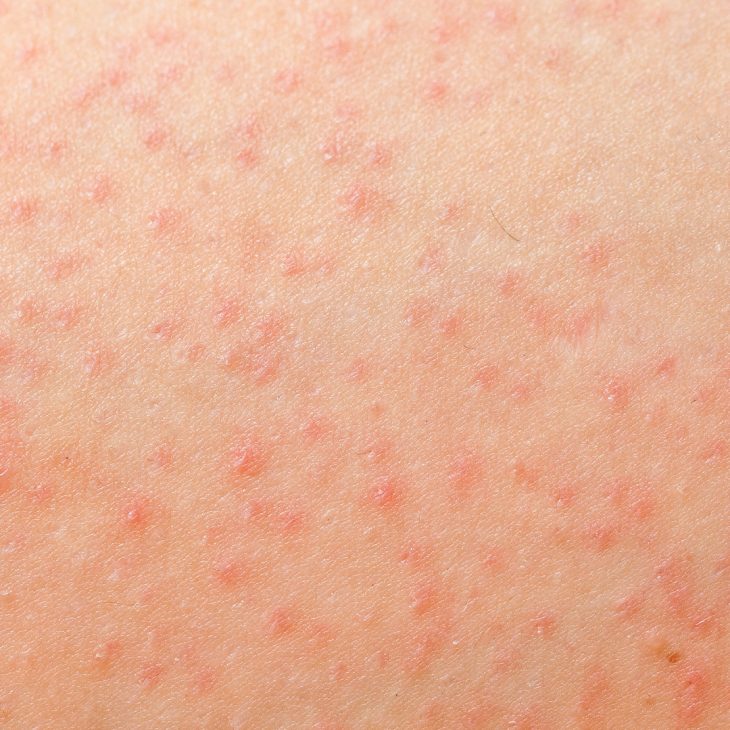

#5 Combination Skin
If you have combination skin, you have both dry and oily areas on your face, which can make exfoliation tricky. You need to balance the needs of both areas and use different types of exfoliants for different zones. Use mechanical exfoliation with fine or smooth particles for your oily T-zone (forehead, nose, and chin) and chemical exfoliation with low concentrations of AHAs for your dry cheeks and temples. You can also use a gentle chemical exfoliant with enzymes for your whole face if you want a simpler option.



Conclusion
Exfoliating your face is an essential step in your skincare routine that can help you achieve healthy and glowing skin. However, you need to choose the right face scrub for you based on your skin type and condition. By following the tips and recommendations in this article, you can find the best face scrub for you and enjoy the benefits of exfoliation.
FAQs
Q1. What is the difference between AHAs and BHAs?
A. AHAs and BHAs are both types of chemical exfoliants that can help remove dead skin cells and improve skin texture and appearance. AHAs are water-soluble and work on the surface of the skin, while BHAs are oil-soluble and work deeper into the pores.
Q2. How often should I change my face scrub?
A. You should change your face scrub when it expires, becomes contaminated, or stops working for your skin.
Q3. What are some natural ingredients that can be used as face scrubs?
A. Some natural ingredients that can be used as face scrubs are sugar, salt, coffee grounds, oatmeal, baking soda, honey, yoghurt, lemon juice, and tea tree oil. These ingredients have various benefits for the skin, such as moisturising, cleansing, brightening, soothing, and antibacterial. However, you should do a patch test before using any new ingredient on your face to make sure you are not allergic or sensitive to it.

